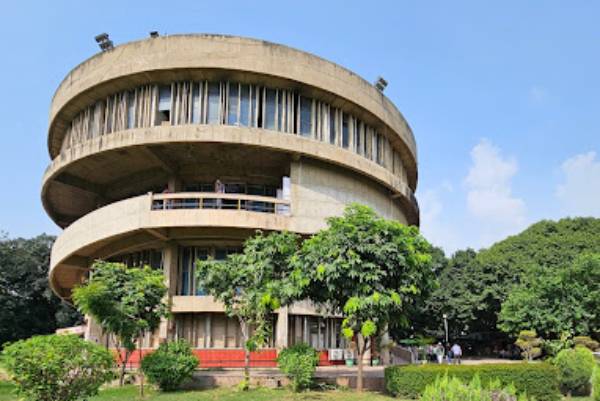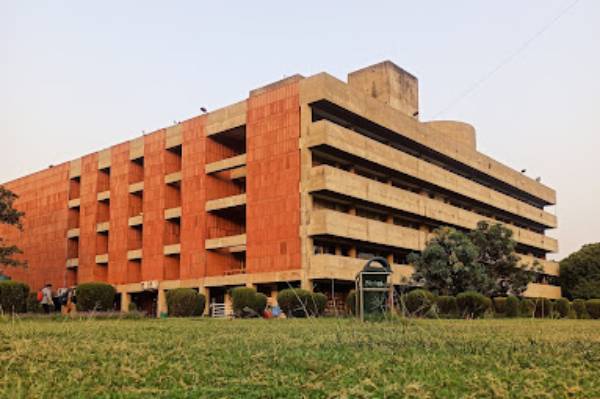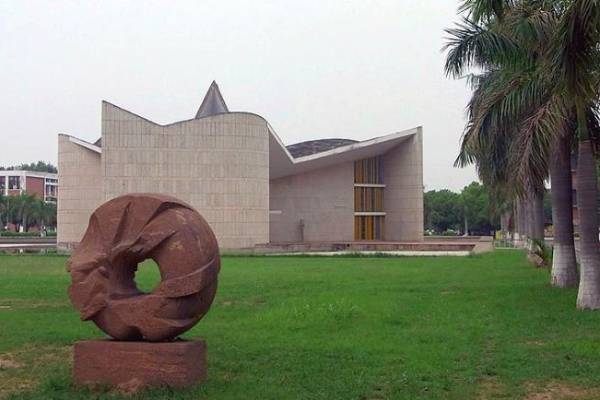
History
Established on October 14, 1882, the University of the Punjab was originally located in Lahore, now part of Punjab, Pakistan. The fate of the university post-Indian partition in 1947 was debated in the Punjab Partition Committee. Representatives from East Punjab advocated for a division, a proposal that reached the Partition Council. However, a decision was not reached. Faced with a lack of a university for its colleges, the government in East Punjab passed an ordinance on September 27, 1947, establishing the new university in Solan (Shimla) of Indian Punjab as the “East Punjab University.” It operated without its own campus for nearly a decade, with administrative offices in Solan and teaching departments spread across various locations. In 1950, the name was shortened to Panjab University.
In 1956, the university found a new home in Chandigarh, on a red sandstone campus designed by Pierre Jeanneret under the guidance of Le Corbusier. Prior to the reorganization of Punjab in 1966, the university maintained regional centers in Rohtak, Shimla, and Jalandhar, with affiliated colleges in present-day Punjab, Haryana, and Himachal Pradesh. Following reorganization, the university transformed into an Inter-State Body Corporate serving the restructured state of Punjab and the union territory of Chandigarh.


Campus
Designed by Swiss-French Architect Pierre Jeanneret, the campus layout covers 550 acres across Sectors 14 and 25. The teaching area resides in the north-east, anchored by the Central Library, Fine Arts Museum, and Gandhi Bhawan. The middle section encompasses the sports complex, health center, dolphinarium, student center, and shopping center. The south-eastern portion houses 16 university hostels and residential areas, extending into adjacent Sector 25, which accommodates various institutes.
Halls of residence(Boys’ Hostel)
The campus features eighteen hostels, including eight for men and eleven for women, along with a Working Women Hostel. A Sports Hostel caters to visiting sports teams, and two additional hostels are currently under construction. An International hostel is also available, exclusively for NRI/Foreign national female students.
Sports
The university boasts extensive sports facilities, including playgrounds, a gymnasium, and a swimming pool. The Directorate of Sports coordinates numerous Inter-College and Inter-University Competitions annually. Expert coaches oversee training camps for 62 games in both men’s and women’s categories. The university has received the prestigious Maulana Abul Kalam Azad (MAKA) Trophy sixteen times, including the latest in 2021, achieving a remarkable double hat-trick. The MAKA Trophy represents the highest accolade for inter-university sports and recognizes outstanding performance on the national and international stage.
Library
Named in honor of the late Vice-Chancellor, Prof. A C Joshi, the Central Library is located near the student center. Designed by Swiss architect Pierre Jeanneret, the foundation stone was laid in 1958 by Dr. Sarvepalli Radhakrishnan, then Vice-President of India, and officially inaugurated in 1963 by Prime Minister Jawaharlal Nehru. With a collection of 6,70,000 titles, it stands as one of the largest libraries in North India.
